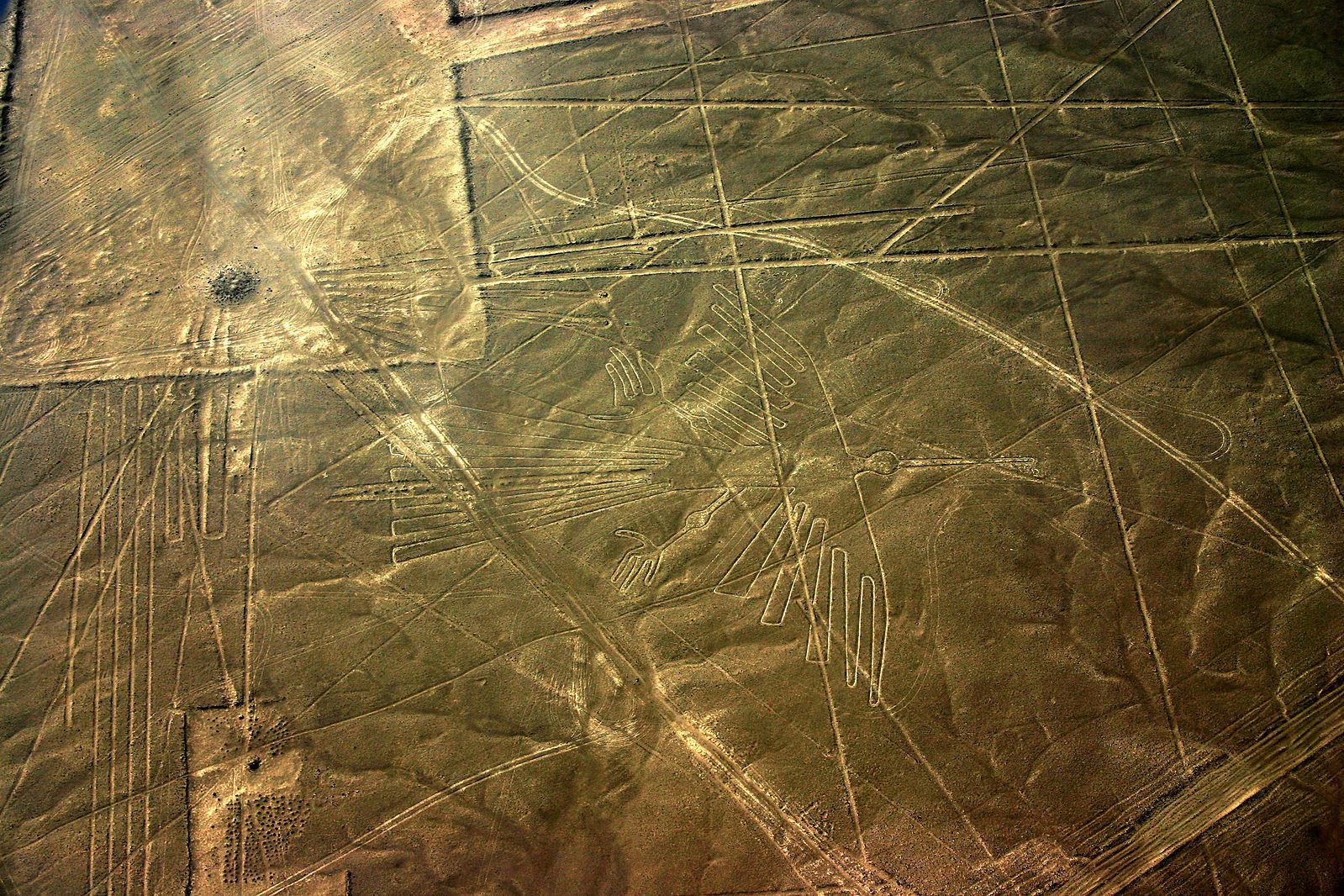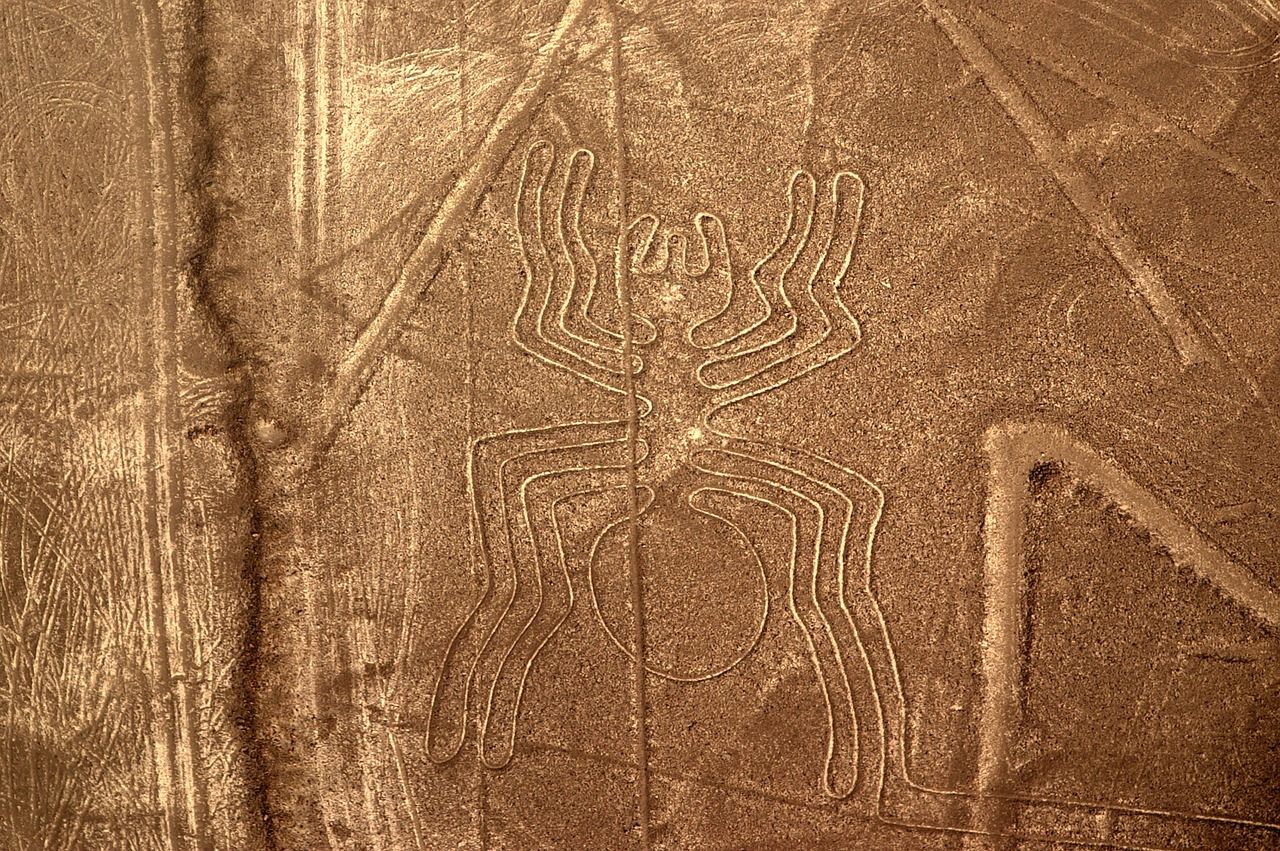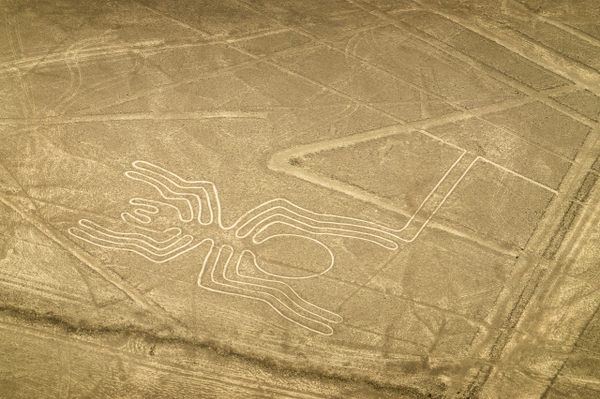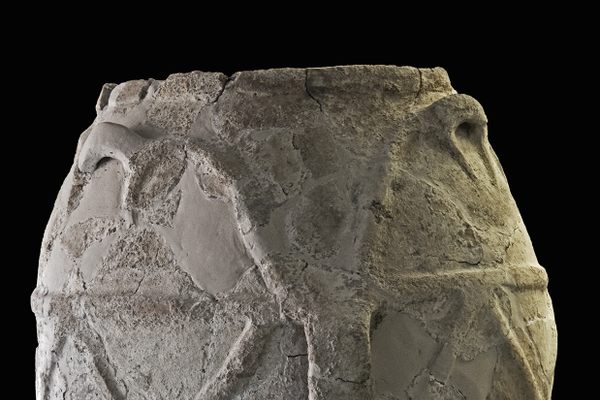Found: Giant Drawings of Warriors, Etched on Peru’s Desert Hillsides
They were discovered with drones.

A few months ago, a team of archaeologists sent a fleet of drones flying over the Peruvian desert. They were looking for something new, but familiar: signs of looting around protected heritage sites. Instead, they found something old and strange: giant images, sketched into the sand by ancient civilizations.
As Michael Greshko reports at National Geographic, the team discovered “more than 50 new examples” of geoglyph art in the region’s Palpa province. Some of them are so-called “Nazca lines,” drawn by the Nazca culture “which held sway in the area from 200 to 700 A.D.,” writes Greshko. “However, archaeologists suspect that the earlier Paracas and Topará cultures carved many of the newfound images between 500 B.C. and 200 A.D.” (You can see images of the new lines over at Nat Geo.)

Nazca lines—sometimes styled as “Nasca lines”—are massive desert drawings, visible only from above. Many depict animals, plants, and mythical creatures, and some stretch as long as 890 feet. Very little is known about the culture that created them—or about its predecessors, the Paracas and Topará—including exactly why or how they were drawn. The discovery “opens the door to new hypotheses about [the drawings’] function and meaning,” archaeologist Johny Isla, co-director of the Nasca-Palpa Project, told National Geographic.
Rather than being carved into flat ground, most of these newly discovered lines were drawn into hillsides, suggesting that people in villages below could look up and view them. They’re also focused on a different subject matter: “Most of these figures are warriors,” one archaeologist told the outlet.

These days, when Nazca lines show up in the news, it’s often because people have accidentally destroyed them. Earlier this year, a truck driver plowed through one of the sites, marring the design with tire tracks. Back in 2014, Greenpeace protesters unrolled a banner right next to a giant geoglyph hummingbird, and left footprints. It was this destruction, ironically, that led the Peruvian archaeologists to start using satellites and drones to map the lines and inspect the nearby sites.
In doing so, they “have flagged hundreds of potential sites that Peruvian archaeologists will continue ground truthing this fall and winter,” Greshko writes. More lines may be discovered yet.











Follow us on Twitter to get the latest on the world's hidden wonders.
Like us on Facebook to get the latest on the world's hidden wonders.
Follow us on Twitter Like us on Facebook